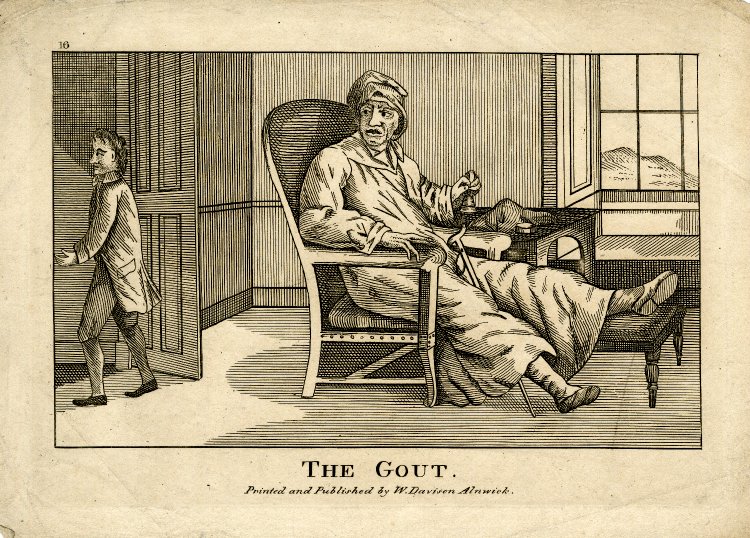Symptoms of gout
The main symptom of gout is a sudden attack of severe pain in one or more joints, typically your big toe.
Other symptoms can include:
The intense pain can make getting around difficult. Even the light pressure of a bed cover or blanket can be unbearable.
Which joints can be affected?
Gout can affect almost any joint and can occur in more than one joint at the same time.
The joints towards the ends of the limbs tend to be affected more often, including the:
toes – particularly the big toe joint
midfoot (where your shoelaces sit)
ankles
knees
fingers
wrists
elbows
If gout is left untreated, it’s likely to affect more joints over time.
Pattern of symptoms
Attacks of gout tend to:
occur at night, although they can happen at any time
develop quickly over a few hours
last between three and 10 days – after this time, the affected joint should start to return to normal, but the problem can persist if treatment isn’t started early
come back – you may experience attacks every few months or years
become more frequent over time if not treated
It’s difficult to predict how often attacks will occur and when exactly they will happen.
